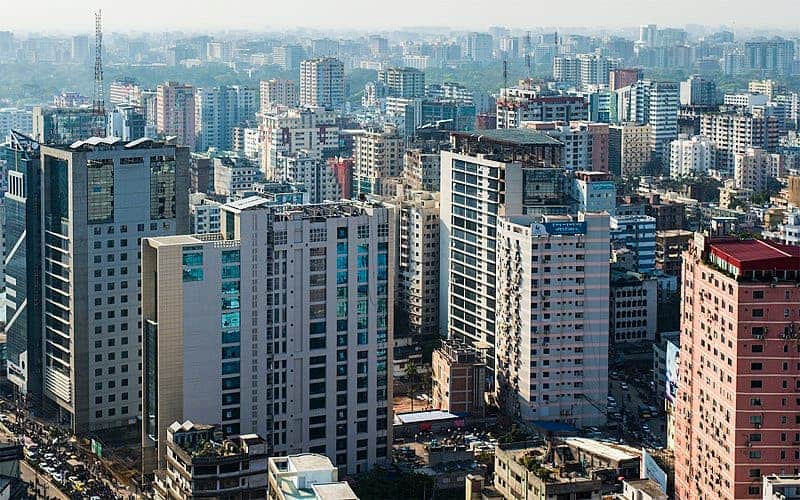Researchers from the University at Buffalo (UB) and icddr,b, a leading global health research institute in Bangladesh, report that the waters in the city of Dhaka, the country’s capital, are awash with chemicals.

Image via Pixabay.
The research effort began in 2019 and it involved testing a lake, a canal, and a river in Dhaka, which is also the country’s largest city. The team also sampled water from ditches, ponds, and drinking wells in a rural area known as Matlab. All in all, the analysis revealed the existence of a mix of both pharmaceutical and non-pharmaceutical compounds including antibiotics, antifungals, anticonvulsants, anesthetics, antihypertensive drugs, pesticides, and flame retardants — among others.
Chemically-rich
“When we analyzed all these samples of water from Bangladesh, we found fungicides and a lot of antibiotics we weren’t looking for,” says Diana Aga, PhD, Henry M. Woodburn Professor of Environmental Chemistry in the UB College of Arts and Sciences and corresponding author of the study. “This kind of pollution is a problem because it can contribute to the development of bacteria and fungi that are resistant to the medicines we have for treating human infection.”
To conduct the study, members of the team traveled to Bangladesh to sample water and train scientists there on sample collection and preparation techniques. The samples were analyzed in the Buffalo laboratory using state-of-the-art analytical methods.
Dhaka’s canal and river contained several families of chemicals, with the team noting multiple antibiotics and antifungals at these two sites. Rural test sites generally showed lower levels of antimicrobials, but antifungal agents were commonly seen, as were some antibiotics.
While not all chemicals were identified at all test sites and sometimes present only in low amounts, the team says the ubiquity of contamination seen in Dhaka is very concerning. Carbendazim, an antifungal agent, alongside insect repellent DEET, and flame retardants, were found in each and every sample the team retrieved.
“The fact that we found so many different types of chemicals is really concerning,” Aga says. “I recently saw a paper, a lab study, that showed exposure to antidepressants put pressure on bacteria in a way that caused them to become resistant to multiple antibiotics. So it’s possible that even chemicals that are not antibiotics could increase antibacterial resistance.”
Finding antimicrobial compounds in the water around urban areas isn’t surprising, as such chemicals are often released through urine and eventually wind up in rivers. At rural sites, the presence of antibiotics and antifungals in water is most likely tied to local agriculture.
Furthermore, such contamination is not unique to Bangladesh, but “is expected in many countries throughout the world where antimicrobial use is poorly regulated in both human medicine and agriculture,” says study co-author Shamim Islam, MD, clinical associate professor of pediatrics in the Jacobs School of Medicine and Biomedical Sciences at UB.
“As undertaken in this study, we feel analyzing and characterizing such environmental antimicrobial contamination is a critically important component of global antimicrobial resistance surveillance and mitigation efforts,” Islam concludes.
The paper “Retrospective suspect screening reveals previously ignored antibiotics, antifungal compounds, and metabolites in Bangladesh surface waters” has been published in the journal Science of The Total Environment.





